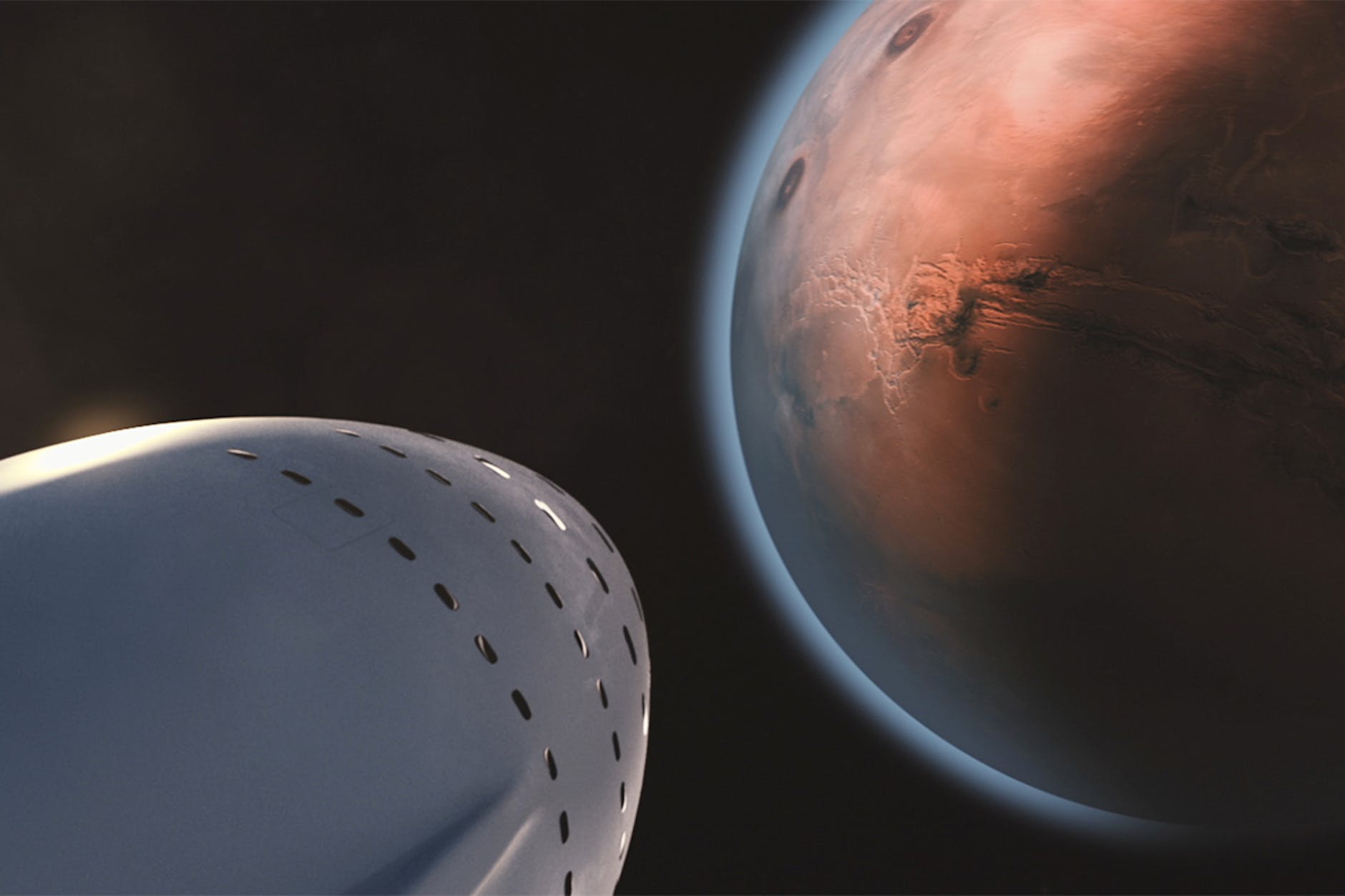Science News: Water On Mars: Researchers found new indications for the possibility of liquid water under Mars’ southern polar ice cap.
A group of international researchers has discovered new evidence for the possibility of liquid water under the south pole of Mars.
The results, published by the journal Nature Astronomy in 2017, provide the first independent lines of evidence, based on other than radar measurements, that there is liquid surface water under Mars’ southern polar ice cap.
Using satellite measurements, scientists identified subtle patterns in the heights of the ice caps.
They then found that these patterns matched their models’ prediction for how a body of liquid under the ice sheet would affect the ice sheet itself.
They found that their results agreed with earlier studies that showed a potential area of liquid under the surface of Mars’ polar caps.
Some studies suggest that there may be no liquid surface on Mars at all; others claim that the signal detected by the Phoenix lander was due to ice crystals rather than liquid H2O.
“This new research shows that there is liquid water under the surface of Mars today, which makes sense because it explains why we’ve seen so many signs of ancient life on our neighboring planet.”
Liquid water is an important component of any planet where life could exist, but it doesn’t necessarily imply that life actually does exist there.
To become liquid at such cold temperatures requires that the ice below the South Pole contain salt, which makes it difficult for any microbial organisms to live there.
However, it gives us some reason to believe that there may have been more habitable environments in the distant past when the environment was not so harsh.
Both Earth and Mars have large amounts of ice at their poles.
Unlike Earth’s glaciers which are often covered by water-filled channels, valleys, and even large subglacials lakes, the polar glaciers on Mars were once believed to be completely solid all the way down to their beds because of the cold Martian climate.
ESA’s Mars Express satellite has shown that there may be water ice beneath the surface of Mars’ polar caps.
The Mars Reconnaissance Orbiter (MRO) has a sensor that can detect frozen water under the Martian surface. Using MRO’s Marsis instrument, scientists discovered an area where there were strong reflections from the ground below the Martian surface. They believe this area contains liquid water.
However, further research has shown that other kinds of dry material, which exists elsewhere on Mars, could cause similar patterns of reflection if they exist beneath the surface of the planet.
A new map shows traces of ancient water on Mars, which might help locate landing sites for future missions.A new study suggests water existed on Mars for longer than previously thought.Water flowed on Mars longer than previously thought, new research by NASA raises questions about microbial life on the planet.
Because the cold Martian atmosphere has no significant greenhouse effect, any liquid water beneath the ice caps must be heated by some external energy sources, such as geothermal heating from below.
“Our new findings confirm that there is no doubt that Mars has an underground ocean.”
Underneath the Greenland and Antarctic glaciers, there are vast reservoirs of fresh water. These subglacial lake waters lower the friction between the glacier and its base, which affects the speed at which the glacier moves.
As water flows downhill, it leaves behind an imprint on the surrounding landscape. This creates a depression in the ground followed by a ridge further downstream.
To examine data collected by the Mars Global Surveyor satellite, scientists at the University of Nantes (France), University College Dublin (Ireland) and the Open University (UK) employed a wide variety of techniques.
They found a 10–15 km long, 10–20 m deep trough running across the top of the glacier, separated from the rest of the ice sheet by a ridge.
They then tested whether the observed waves on the surface of the glacier could be caused by liquid under the glacier.
They used computer models to simulate the Martian surface. Then they added a small change to one part of the simulated Martian surface so that water could be found there.
They found that when they increased the amount of geothermal energy coming from within the planet, the undulations became larger and more numerous. These findings are similar to those made by the team studying the actual Antarctic glacier.
The similarities between the computer-generated topography and the actual satellite images, together with the previous radar evidence suggests that there is an accumulation underneath the southern polar ice cap, they added.



